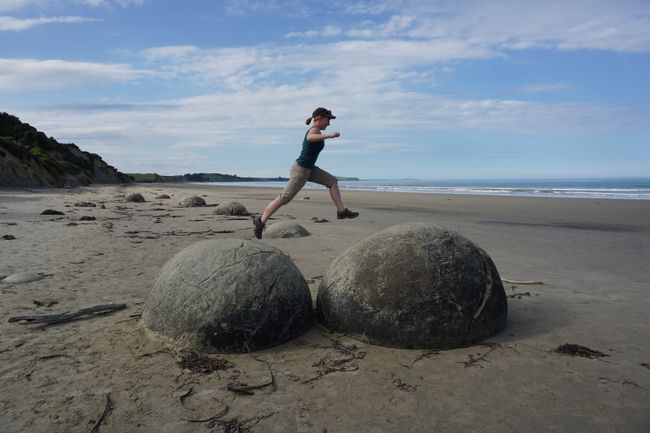29.11.2017: Moeraki Boulders and more penguins
Publisert: 01.12.2017
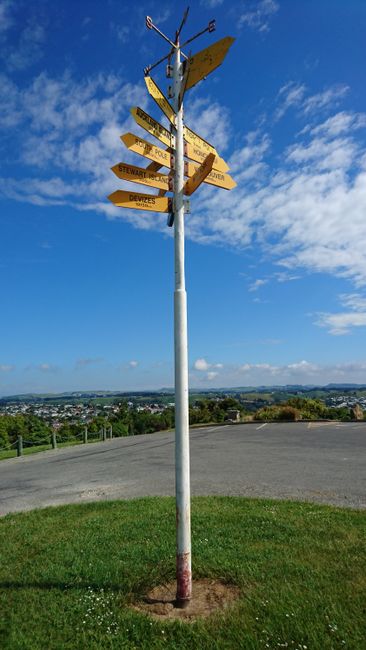
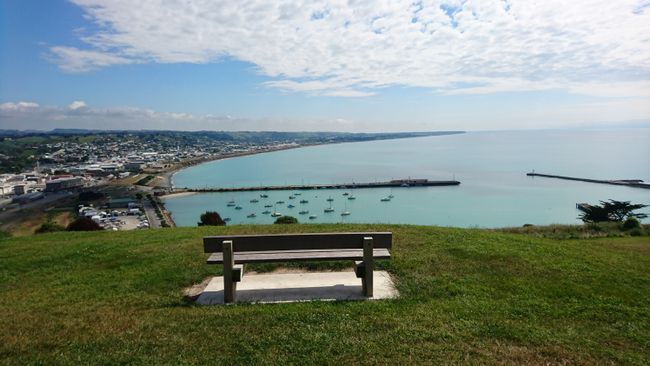
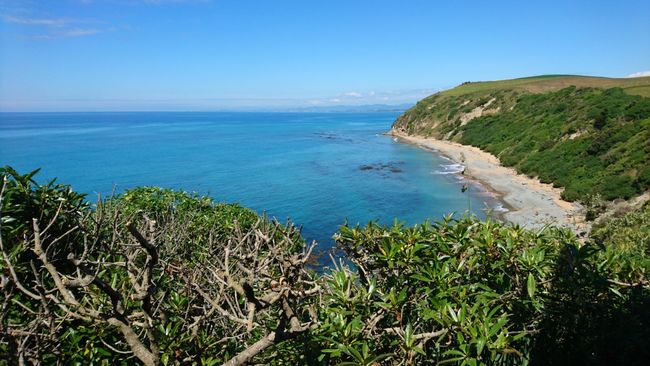
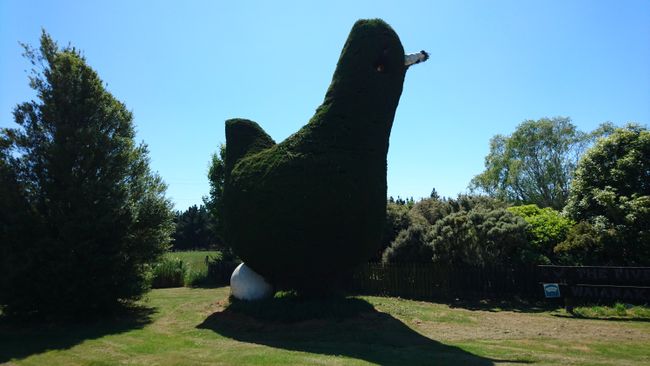
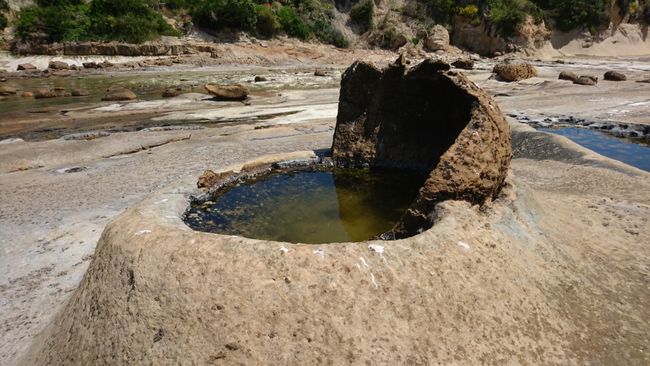
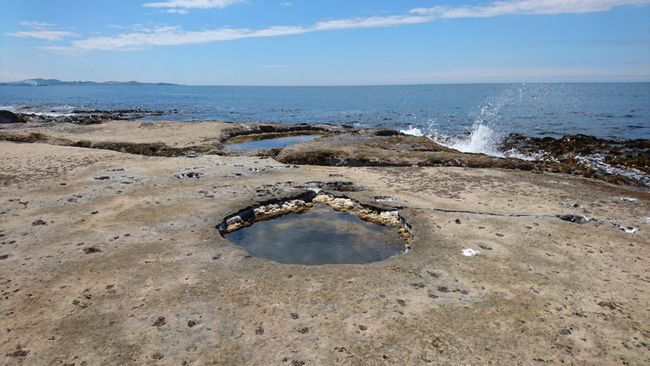
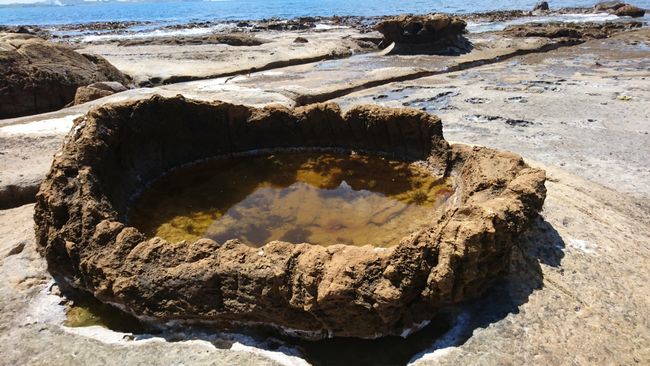
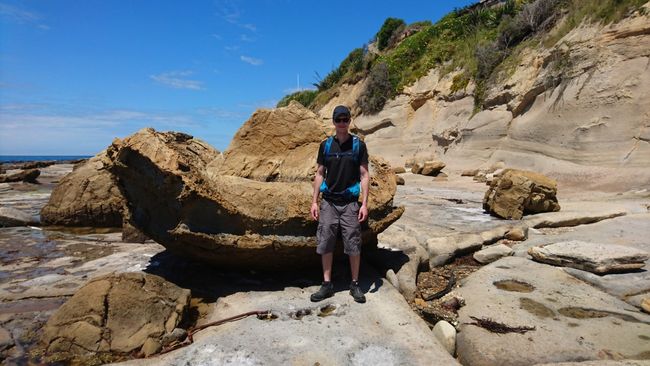
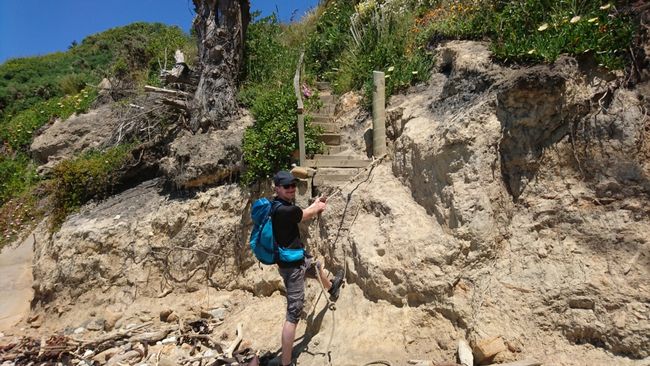
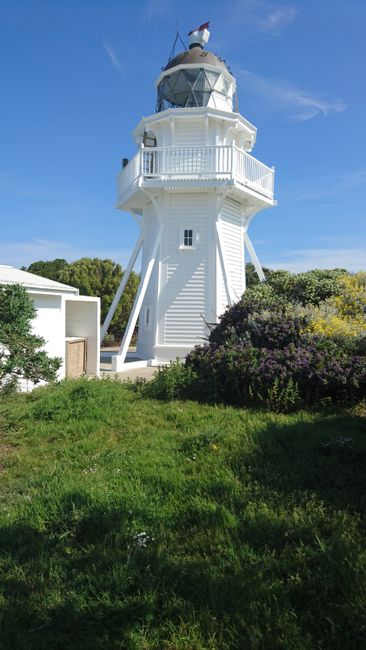
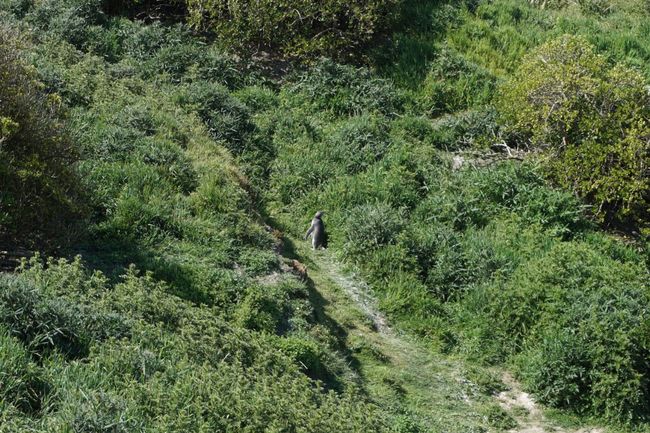
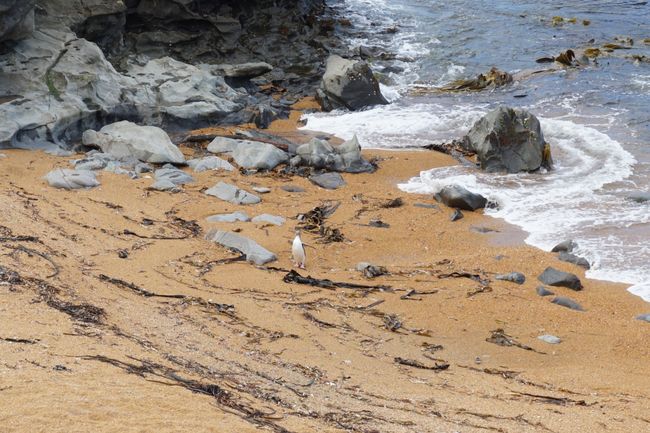
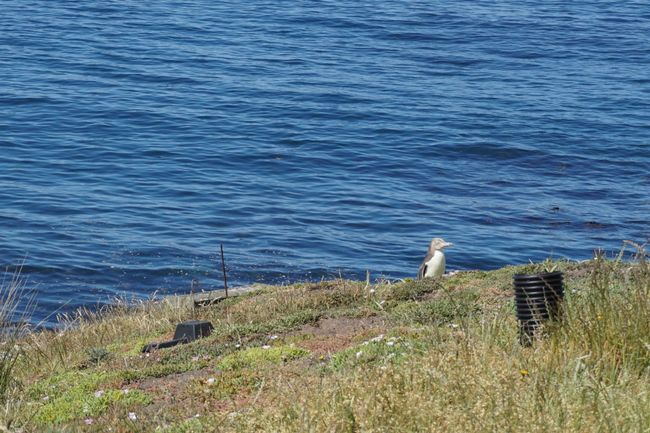
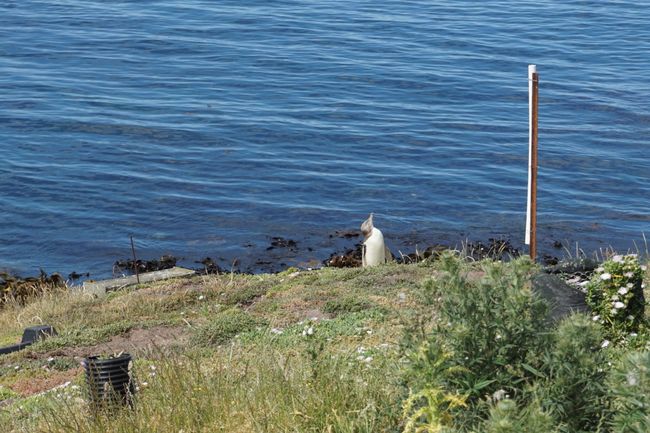
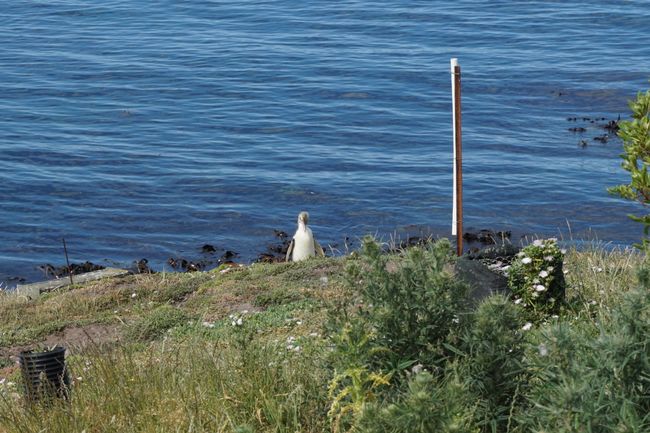
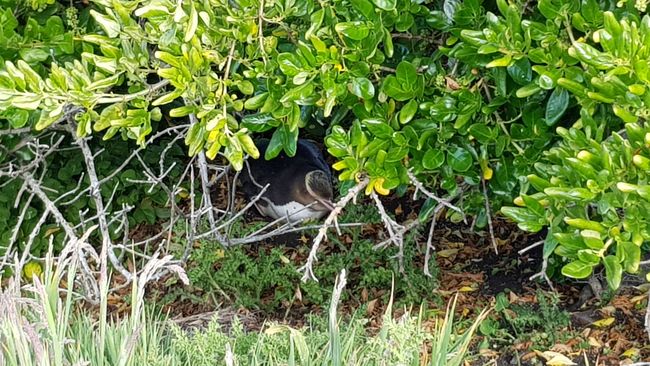
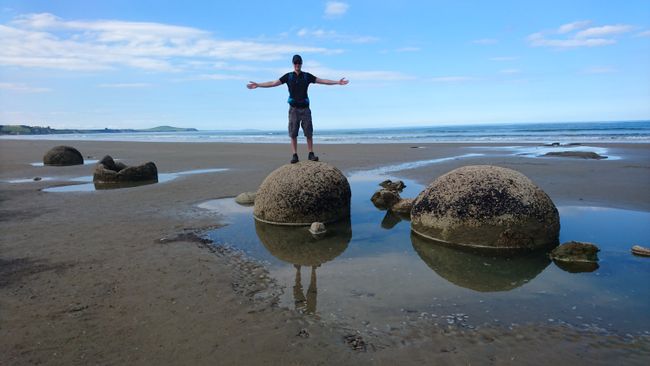
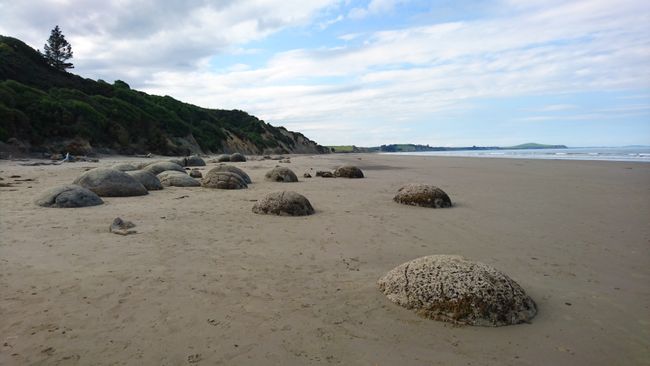
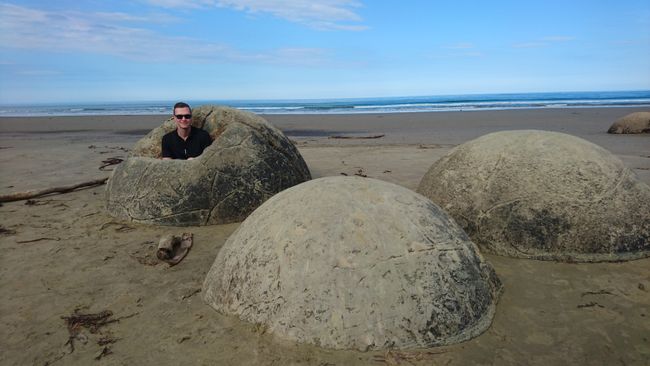
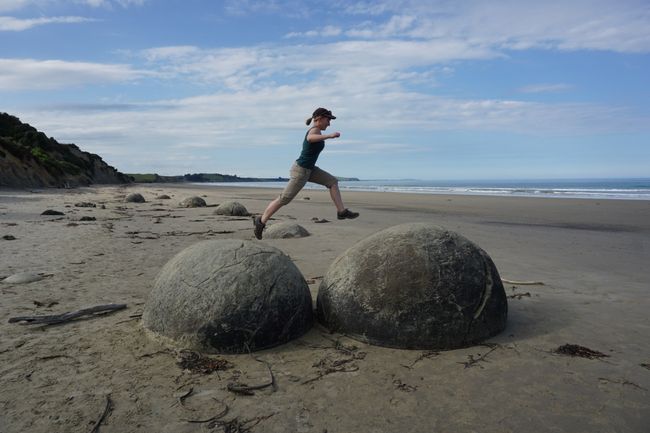
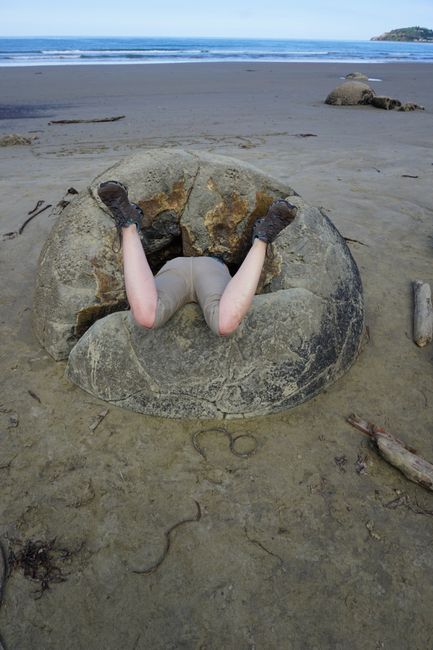
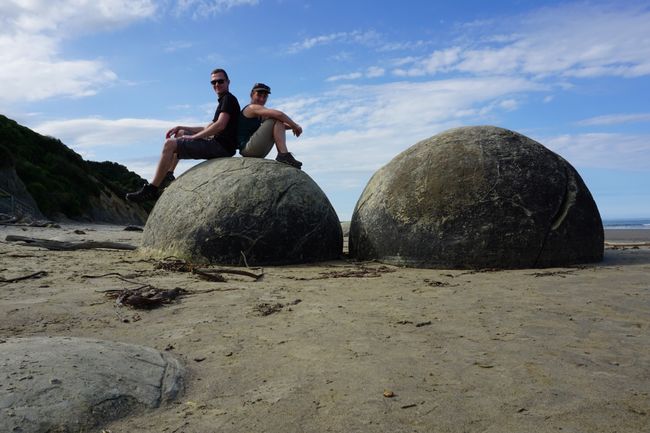
Abonner på nyhetsbrev
Our daily stage today is the shortest during our entire trip, as it only covers 40 km.
Since today's program is based on the tides, specifically the low tide, we can take the morning easy and first drive our rental car up a steep road to a viewpoint, from where you have a great view over Oamaru and the harbor.
The day before, we learned at the iSite that the local yellow-eyed penguin colony consists of only four animals. A surprisingly low number. That's why we deviated from our original plan to drive to the beach at sunrise, where the penguins breed, to capture them on camera when they leave for hunting. With so few animals, the chance of missing them is high, which is why we decided against a short night. However, we still drive to the beach in the late morning because sometimes the journey is the destination. The beach itself is closed to the public and from the lookout, the penguins, if there are any, are about 100 m away. For a sharp picture, a good lens is needed.
Then it's time to leave Oamaru. After a short drive, we arrive at our destination for today sooner than expected. Faster than we hoped, we have to spend our first night in the car after only one week in New Zealand, as the four existing backpacker rooms in the small fishing village of Moeraki are fully booked and the cabins at the campsite are expensive at $75. Therefore, we decide to spend the night in the car at the local campsite for $15 per person and have access to the kitchen and bathroom facilities.
In Moeraki, we are only dependent on tides and therefore time-bound. On the way to our first destination, we make a short stop at the famous Moeraki Boulders. These are large stone balls that line a section of the beach. Only the heads are visible in many places - it is high tide, and if you want to admire the boulders in their entirety, you have to wait for low tide. The few boulders that are exposed even during high tide are besieged by crowds of tourists. We save the souvenir photos for later considering that.
On the other hand, Shag Point, which we head to next, is accessible even at half-tide. Finding the beach access is not easy, but luckily we have a detailed description of which house number to look for. Right next to the house with the red mailbox and brownish fence, there is a narrow staircase that leads down to the beach. Here too, there are some boulders, but unlike in Moeraki, they are not as smooth and mostly cracked, which also has its charm, as these semi-open boulders, when the water recedes at low tide, provide a small pool for the visitor equipped with swimwear or reveal a small biotope with all kinds of shells and water plants. Nothing of that can be seen during high tide because everything here is underwater. We stroll slowly along the beach, collect shells, and even find two beautiful, intact paua shells, like those you can buy in the souvenir shop.
When the afternoon arrives, it's time for our next endeavor. In Moeraki, the largest yellow-eyed penguin colony on the entire mainland of New Zealand lives. You would think of at least 50 breeding pairs, if not more. No one prepares us for the surprise when we learn that there are an average of 5 animals here. Yes, the poor yellow-eyed penguin has become alarmingly rare, and with so few breeding pairs, there are justified doubts about the species' chances. The Katiki Point Lighthouse, where the penguins breed, welcomes interested birdwatchers from 7:30 am to 5:30 pm, as long as they adhere to the designated code of conduct, i.e. a minimum distance of 10 m, staying behind the barricades, photographing without flash, and being quiet. And indeed, as soon as we arrive, even though we are quite early, we see two yellow-eyed penguins and lazy sea lions right away. Eric walks a bit further and sees two penguins digging their nests, but they notice him and retreat into the sea in fear. Shortly before leaving, a couple draws our attention to two specimens lying close to the fence. We will probably never see them up close again. Only one meter separates humans and animals.
Before we head back to the campsite, we pass by the Moeraki Boulders again (this time at low tide), which still enjoy good popularity; however, the streams of visitors are slightly smaller than in the morning, so we manage to take some fun photos without unwanted people in front of the camera lens.
Then we return to the campsite, take a shower, have dinner, and after a short walk on the beach and two hours of relaxation in the warm common room, go to bed, or rather to the car. We are curious how comfortable it is to sleep in our 'Alexa'...
Abonner på nyhetsbrev
Svar (1)
Matthias
Das sind wirklich sehr schöne und lustige Bilder geworden 😆
Reiserapporter New Zealand

